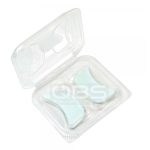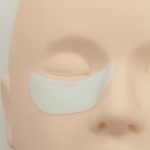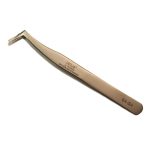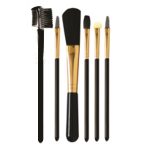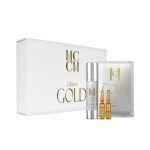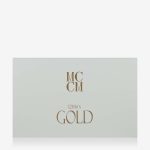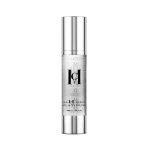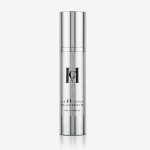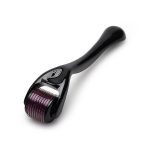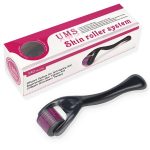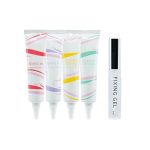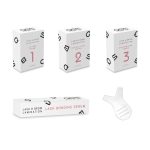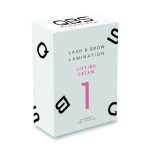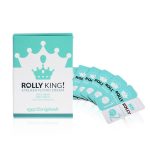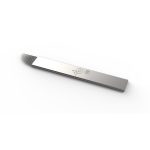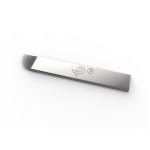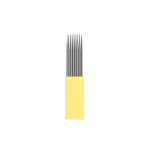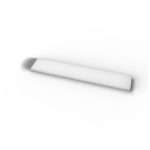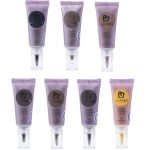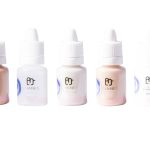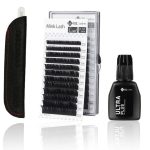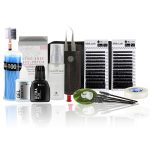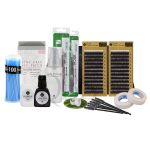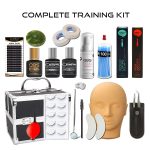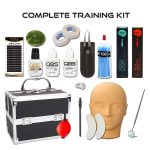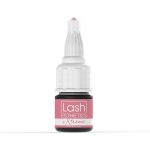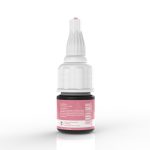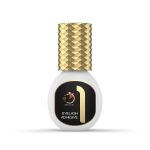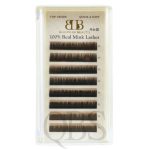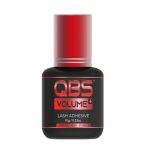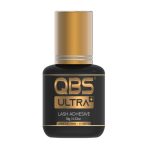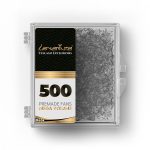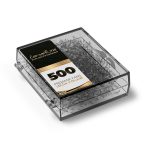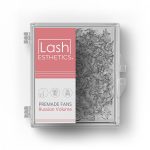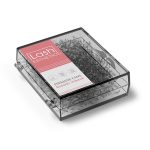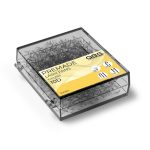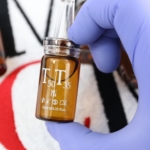Acne is the most common skin condition that people report in a dermatological office. Sometimes it is only transient, nonetheless in most cases it becomes chronic and persistent. In either event, it is an extremely vexing and cumbersome disease which significantly influences one’s quality of life. How to tackle it effectively? In this article, we hope to answer all your possible queries.
First off, what causes acne?
Before we skip to the solutions, it is always wise to get familiar with the problem’s roots. In the case of acne, it happens to have a multifactorial origin. Namely, the below mentioned factors contribute to its course:
- excessive sebum production
- occlusion of the pilosebacious units (each consisting of a hair follicle and two sebacious glands)
- overgrowth of Propionibacterium acnes bacteria
- inflammatory process.
At the same time, the last one is only propelled by the first three factors. The excessively secreted sebum serves as a breeding ground to the acne-causing bacteria as well as alongside skin debris, massively clogs the philosebacious units. Simultaneously, pathogens break down fats in the sebum, releasing irritant fatty acids which aggravate inflammation.
As much as acne is caused by many factors, it also manifests itself in various forms. Generally, we can divide them into two categories: non-inflammatory and inflammatory acne. In both sorts, a comedo, or a plugged follicular offrice, is the primary lesion which can later develop into other types of acne. The former entails comedonal acne - blackheads and whiteheads, while the latter - pustules (typical “pimples” filled with pus) and cysts. Blackheads differ from whiteheads by their access to free air - in these lesions, dead skin cells as well as melanin easily get oxidized what gives them a darker colour. The contrary happens with whiteheads. When it comes to pustules, they represent the stereotypical picture of a pimple we know - they are bulging lesions filled with pus, often with an erythematous halo. They tend to be painful and, contrarily to comedonal acne, can leave scars. Cysts, on the other hand, lie even deeper in the skin than pustules.
How to treat comedonal acne?
If we categorize acne into diverse categories, it intuitively comes to mind that each should be treated differently. In the comedonal acne, as its name already indicates, the main problem lies in the clogging of the hair follicles. To prevent that, the treatment should actively influence and stimulate the skin cell turnover as well as healthy skin cell differentiation. The accumulated superficial skin debris should be effectively evacuated both so that the philosebaceous units do not get clogged and acne-causing bacteria are deprived of their breeding ground.
Chemical peels are an efficacious, yet a gentle solution which does not further irritate the already inflamed skin. They address every of the above mentioned aspects. Two of the most powerful ones are retinoids - vitamin A derivaties - and Glycolic Acid - an AHA acid. Both are found in appropriate concentrations in MCCM Medical Cosmetics products.
MCCM Vitamin A Solution contains Retinyl Palmitate as its main active ingredient. The substance is an easily absorbable, hence effective, retinoid which visibly gets rid of superficial skin debris as well as regulates the skin cell turnover process. The appearance of already existing blackheads and whiteheads gets notably diminished while the formation of the new ones is successfully prevented. Since retinoids are the strongest keratolytic compounds, this soulution would be especially recommended in the moderate comedonal acne.
MCCM Glycolic Acid topical ampoules act in a similar way, nonetheless they are a little gentler on the skin. Moreover, they have been enriched with soothing vitamins E and F that additionally allay inflammation and irritation.
How to treat inflammatory acne?
Inflammatory acne naturally tends to be more severe than the comedonal one since it affects the deeper layers of the skin. Not seldom, it requires a prescription treatment including oral antibiotics or even oral retinoids. In milder cases, topical active ingredients like benzoyl peroxide, retinoids or antibiotics may be recommended. Either way, a proper everyday skincare is essential to help conquer inflammatory acne for good.
MCCM Skin Balance Cream not only moisturizes the skin but also actively reduces the appearance of imperfections. Zinc Gluconate is of natural anti-bacterial properties, limiting the growth of detrimenal acne-causing bacteria. A combination of Kaolin and Bentonite soothes the complexion as well as regulates the secretion of the sebum. Salicylic Acid, a BHA acid, prevents the formation of comedones while Camphor ultimately alleviates inflammation and irritation. The acneic skin is once again balanced.
What about post-inflammatory hyperpigmentation?
A frequent complaint in acne patients who had already undergone treatment is post-inflammatory hyperpigmentation. It happens to be the physiological result of the skin’s inflammatory response. Luckily, there are ways to both prevent and act upon it.
MCCM Melano Out Mask effectively tackles post-inflammatory hyperpigmentation, due to its specially selected combination of whitening and peeling ingredients. Azelaic Acid, Lactic Acid as well as Glycyrrhetinic Acid propel the skin cell turnover, brightening the complexion, while Arbutin, Kojic Acid and also Azelaic Acid reduce the pigmentation of the skin.
